Monument Commemorating the Wounding of Stonewall Jackson
Introduction
Text-to-speech Audio
Images
Monument erected to show where Stonewall was lifted from his horse. In 1888, 5,000 people attended the dedication of this monument.
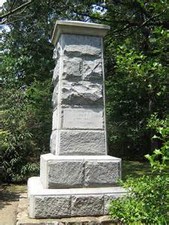
Stephan Land, playing Stonewall Jackson in Gods and Generals. This scene is of Jackson's final moments.
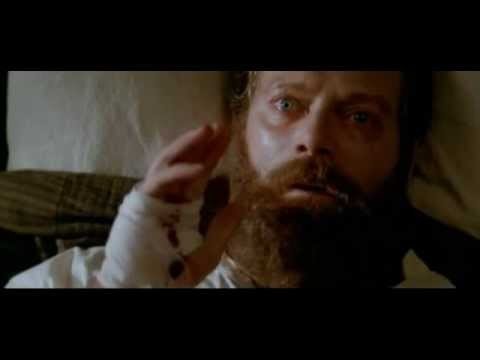
This portrays the shooting of Jackson by his own men.
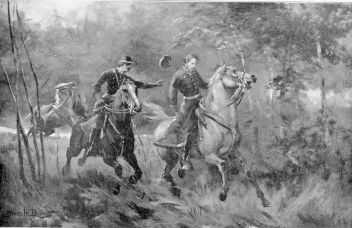
Photo of Stonewall taken not long before his death
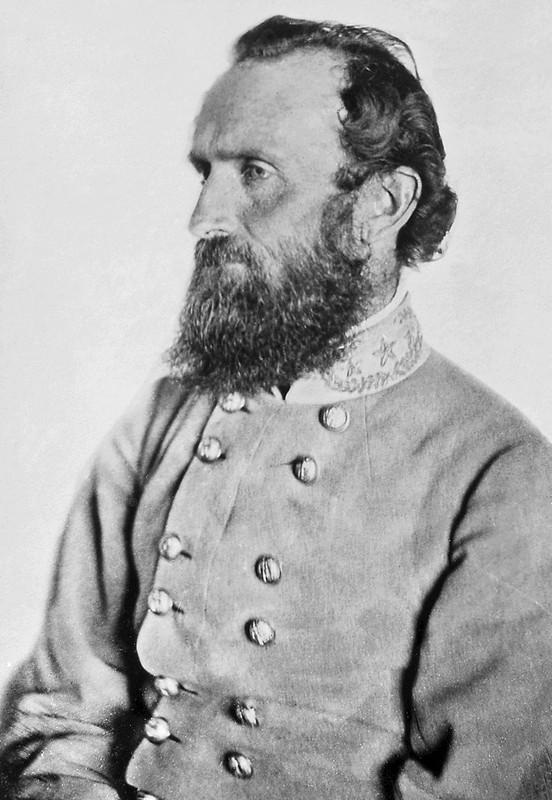
DVD cover for the 2003 film, Gods and Generals
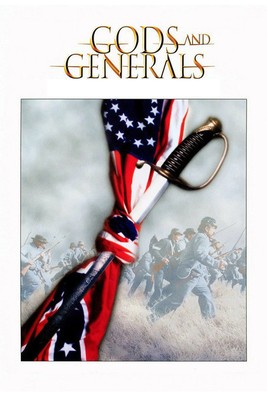
Backstory and Context
Text-to-speech Audio
Thomas "Stonewall" Jackson was quickly rose in fame as he became one of Lee’s most-trusted subordinates. Jackson was credited with a sense of confidence that often inspired other Confederate troops and contributed to some of the South's early success in the Civil War. However, the death of Jackson from a wound inflicted owing to his own carelessness for not alerting his own troops as to his location caused a major drop in morale. When news reached Lee of Jackson's injury he stated “Jackson may have lost his left hand, and I have lost my right”.
The wound itself it not kill Jackson. Jackson had been battling illness and his immune system was weakened at the time. When Jackson had to have his left arm amputated because of the wound, each of these maladies combined and caused the general to contract a deadly case of pneumonia.
Jackson's importance to the Confederate army was demonstrated soon after his death. During the Battle of Gettysburg, Lee ordered Jackson's replacement, General Richard Ewell, to take a hill “if practical.” Lee had grown accustomed to issuing these kinds of orders to Jackson, expecting that he would engineer a way to make them practical rather than simply deciding to engage or not engage the enemy. Ewell took the order literally and decided to hold his men, a decision that allowed Union troops to occupy the high ground and helped to shift the tide of that pivotal battle.
Cite This Entry
Brobston, Conor et. al. "Monument Commemorating the Wounding of Stonewall Jackson." Clio: Your Guide to History. August 25, 2016. Accessed July 28, 2025. https://theclio.com/entry/10114

